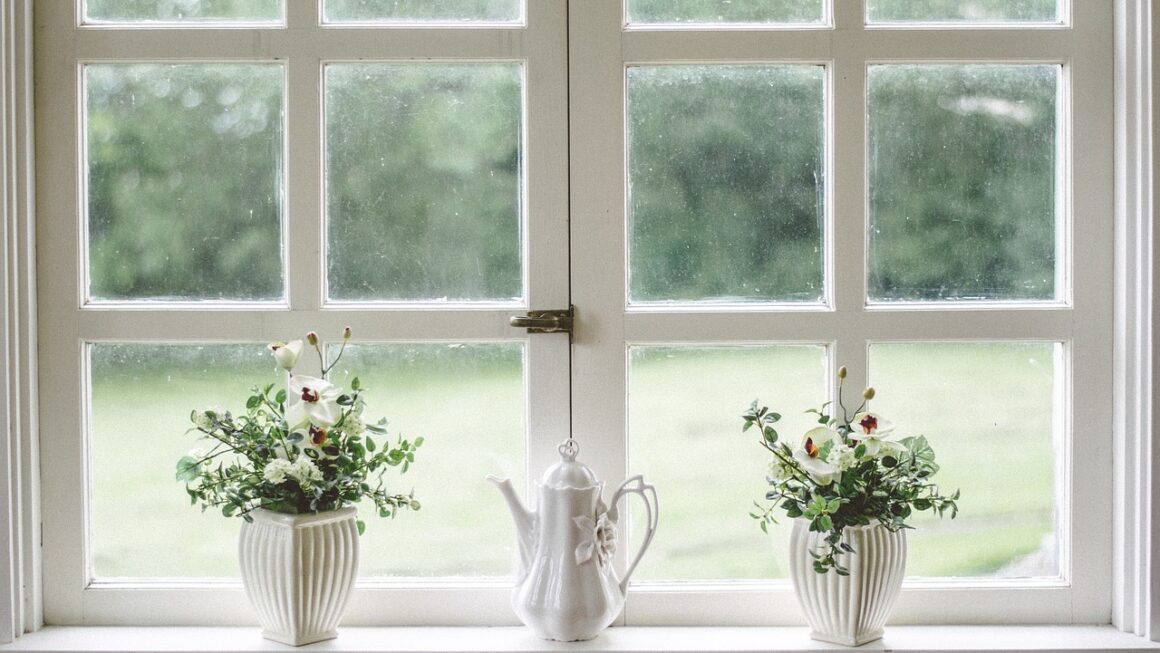Smart air purifiers have revolutionized the way we think about indoor air quality. Gone are the days of bulky, noisy machines with limited functionality. Today’s smart air purifiers offer advanced filtration, real-time monitoring, and seamless integration with your smart home ecosystem. This blog post will delve into the world of smart air purifiers, exploring their features, benefits, and how they can help you breathe easier.
Understanding Smart Air Purifiers
What Makes an Air Purifier “Smart”?
The term “smart” in air purifiers refers to their connectivity and intelligent features. Unlike traditional air purifiers that simply run on a timer or manual setting, smart air purifiers can:
- Connect to your home’s Wi-Fi network.
- Be controlled remotely via a smartphone app.
- Offer real-time air quality monitoring and reporting.
- Automate operation based on air quality levels.
- Integrate with other smart home devices.
For example, you can use the app to check the PM2.5 levels in your living room while you’re at work and adjust the fan speed accordingly. Some models even learn your preferences and automatically adjust settings based on your daily routine.
Key Components of a Smart Air Purifier
A smart air purifier typically consists of the following components:
- Filtration System: Includes pre-filters, HEPA filters, activated carbon filters, and sometimes UV-C light.
- Sensors: Detect airborne particles, gases, and odors. Common sensors include PM2.5 sensors (for fine particulate matter), VOC sensors (for volatile organic compounds), and humidity sensors.
- Wi-Fi Connectivity: Enables remote control and data transmission.
- Control Panel: Allows manual operation and displays air quality information.
- Smartphone App: Provides remote control, data logging, and advanced features.
- Fan: Circulates air through the filtration system.
Benefits of Using a Smart Air Purifier
Improved Air Quality
The primary benefit is, of course, cleaner air. Smart air purifiers effectively remove:
- Dust and Pollen: Alleviates allergy symptoms.
- Pet Dander: Reduces allergens for pet owners.
- Smoke: Clears smoke from cooking or wildfires.
- Mold Spores: Inhibits mold growth and reduces musty odors.
- Volatile Organic Compounds (VOCs): Removes harmful chemicals released from household products.
- Bacteria and Viruses: Some models use UV-C light to kill airborne pathogens.
Consider someone with severe allergies. A smart air purifier can automatically ramp up its filtration power when pollen counts are high, providing much-needed relief.
Convenience and Control
Smart air purifiers offer unparalleled convenience:
- Remote Control: Adjust settings from anywhere with an internet connection.
- Automation: Set schedules and automated modes based on air quality levels.
- Voice Control: Integrate with voice assistants like Alexa or Google Assistant for hands-free operation.
- Real-Time Monitoring: Track air quality trends and receive alerts when air quality deteriorates.
Imagine waking up to fresh, clean air because your smart air purifier automatically turned on an hour before your alarm, all controlled by a routine you set in your smart home app.
Health and Well-being
Cleaner air has direct health benefits:
- Reduced Allergy and Asthma Symptoms: Fewer airborne irritants lead to fewer flare-ups.
- Improved Sleep Quality: Cleaner air can promote better breathing and more restful sleep.
- Reduced Risk of Respiratory Infections: Filtering out pathogens can lower the risk of illness.
- Improved Cognitive Function: Studies have shown that cleaner air can improve concentration and cognitive performance.
Families with young children or elderly individuals can particularly benefit from the enhanced air quality provided by a smart air purifier.
Choosing the Right Smart Air Purifier
Room Size and CADR Rating
The most important factor is choosing a purifier appropriate for your room size. Look for the CADR (Clean Air Delivery Rate) rating, which indicates how quickly the purifier can clean a specific volume of air. A higher CADR rating is better for larger rooms. For example, a purifier with a CADR of 300 CFM (Cubic Feet per Minute) is suitable for a large living room.
Filtration System
Consider the types of filters included. A good smart air purifier should have:
- Pre-Filter: To capture large particles like dust and pet hair.
- HEPA Filter: To remove at least 99.97% of airborne particles 0.3 microns or larger.
- Activated Carbon Filter: To absorb odors, gases, and VOCs.
Some purifiers also include UV-C light, which can kill bacteria and viruses. However, ensure the purifier is certified safe and effective.
Smart Features and Connectivity
Evaluate the smart features offered by different models:
- Wi-Fi Connectivity: Essential for remote control and data monitoring.
- App Features: Look for a user-friendly app with detailed air quality reports, scheduling options, and filter replacement reminders.
- Voice Control Compatibility: Check if the purifier works with your preferred voice assistant.
- Sensor Accuracy: Research the accuracy of the sensors used for air quality monitoring.
Read reviews and compare app screenshots to get a sense of the user experience.
Noise Level
Consider the noise level, especially if you plan to use the purifier in a bedroom or office. Look for models with a low noise output, ideally below 40 decibels on the lowest setting.
Maintenance and Filter Replacement
Check the cost and frequency of filter replacements. Some models have washable pre-filters, while others require replacing the HEPA and carbon filters every few months. Factor in these ongoing costs when making your decision.
Setting Up and Maintaining Your Smart Air Purifier
Placement Tips
Proper placement is crucial for optimal performance:
- Central Location: Place the purifier in a central location in the room for even air circulation.
- Away from Obstacles: Avoid placing it behind furniture or curtains that could block airflow.
- Elevated Surface: Position it on a table or shelf to improve air intake.
Connecting to Wi-Fi and App Setup
Follow the manufacturer’s instructions for connecting the purifier to your Wi-Fi network and setting up the smartphone app. This usually involves downloading the app, creating an account, and entering your Wi-Fi credentials.
Routine Maintenance
Regular maintenance will keep your air purifier running efficiently:
- Clean the Pre-Filter: Vacuum or wash the pre-filter every 1-2 weeks to remove dust and debris.
- Replace Filters: Replace the HEPA and carbon filters according to the manufacturer’s recommendations.
- Wipe Down the Exterior: Clean the exterior of the purifier with a damp cloth.
Troubleshooting Common Issues
If you encounter any issues, consult the user manual or the manufacturer’s website for troubleshooting tips. Common problems include connection issues, sensor errors, and filter replacement notifications.
Conclusion
Smart air purifiers are a valuable investment for anyone looking to improve their indoor air quality and overall well-being. By understanding their features, benefits, and how to choose the right model, you can create a healthier and more comfortable living environment. From remote control and real-time monitoring to automated operation, smart air purifiers offer a level of convenience and control that traditional air purifiers simply can’t match. Embrace the power of smart technology to breathe easier and live better.




